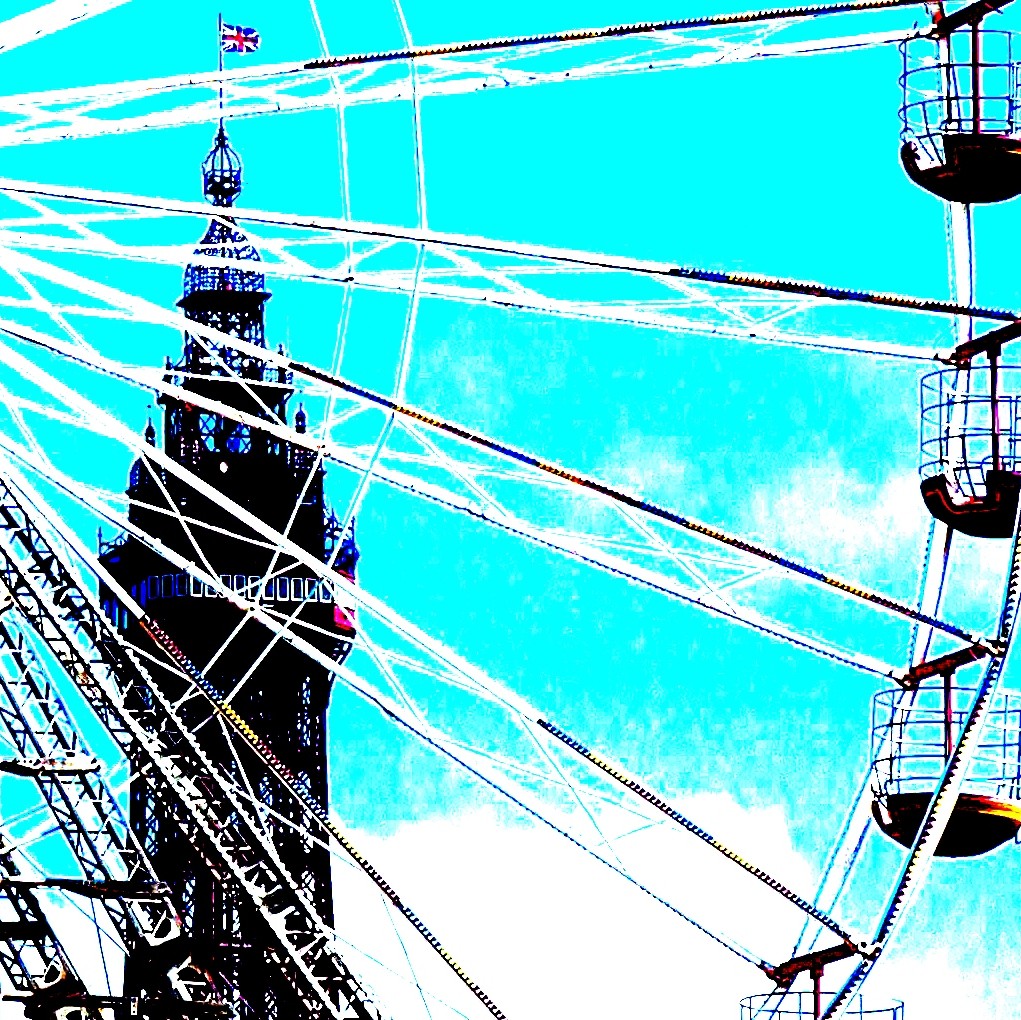Vacancies
The latest new 5* bee hotel is rapidly filling up with eager guests. Meanwhile, despite being ramshackle, five existing bee hotels are almost fully occupied.
Bee Hotels
There are posh (expensive) ones, homemade ones are a challenge, and there’s this beauty from B&M for £10. It contains the penthouse filled with wood shavings, luxury rooms on the mezzanine floor, economy apartments with a butterfly hibernation zone on the first floor, and pine cones on the ground floor – all desirable residences for bees, insects, bugs, spiders and butterflies.
Once the hotel was placed on the wall in a sunny position it was a waiting game for a couple of days. The little buzzers didn’t appear to be interested, but it wasn’t long before they started to investigate and two bees wasted no time occupying a room each.

Eleven chambers are now occupied with a twelfth currently being painstakingly sealed. It really is a work of art.

Solitary bees
Solitary bees don’t live in colonies like their cousins. They prefer to go it alone. It’s fascinating watching them zip in and out of chambers on the hunt for the best spot to lay their eggs. Fraught with lots of pushing, shoving and angry buzzing they vie for the best room in the house.


Egg laying

Cole Porter, 1928
Once she’s chosen her room, the female lays a single egg. Before sealing the chamber with mud she leaves a supply of pollen for her grub to feast on when it hatches. It will remain in its safe haven until the following spring when, as a solitary bee, it vacates its room in the hotel to start the process again.
The old hotels
Five existing 2* residences continue to be popular. It’s evident where previous occupants have nibbled their way out through the mud plug, and where this year’s new residents have been sealed in.



















